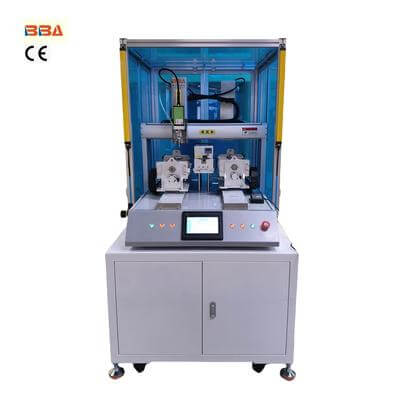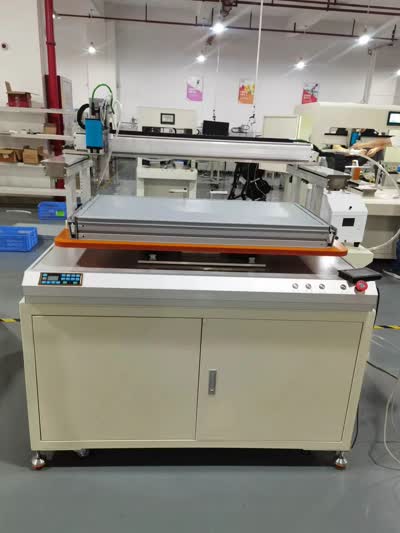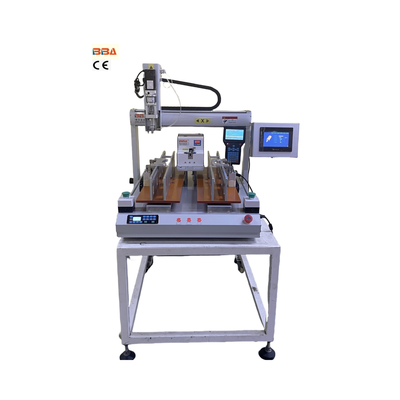Servo-Driven Tightening Systems for Consumer Electronics Assembly | Precision Fastening Solutions
In the fast-paced world of consumer electronics manufacturing, precision and reliability are non-negotiable. As devices become smaller, smarter, and more complex, the assembly processes must evolve to meet higher standards of quality and efficiency. One technology that has emerged as a cornerstone in modern production lines is servo-driven tightening systems.
Servo-driven tightening systems represent a significant leap forward from traditional pneumatic or hydraulic tools. These systems utilize electric servomotors to deliver controlled, accurate torque and angle parameters during fastening operations. This level of control is critical in consumer electronics, where components such as circuit boards, sensors, and casings require exact tightening specifications to ensure functionality, durability, and safety.
The advantages of servo-driven tightening are multifaceted. First, precision is greatly enhanced. Unlike older methods that may suffer from inconsistencies due to air pressure fluctuations or wear, servo systems provide repeatable accuracy. Each fastener is tightened to the exact specification, reducing the risk of under-torque (which can lead to loose components) or over-torque (which may cause damage). This is particularly important in electronics, where overtightening can crack PCBs or damage delicate connectors.
Another key benefit is data intelligence. Modern servo-driven tools are equipped with sensors and connectivity features that collect real-time data on every tightening operation. This data can be monitored and analyzed to identify trends, predict maintenance needs, and ensure traceability. For manufacturers, this means improved quality control and the ability to quickly address any issues in the assembly process, ultimately reducing waste and enhancing product reliability.
Energy efficiency is also a notable advantage. Servo systems consume power only during the tightening cycle, unlike pneumatic tools that continuously consume air, leading to energy savings. This not only lowers operational costs but also supports sustainability initiatives—a growing concern in the consumer electronics industry.
Furthermore, these systems integrate seamlessly with automation platforms, enabling fully automated assembly lines. In high-volume production environments, such as smartphone or laptop manufacturing, servo-driven tools can be programmed for multiple tasks and adapted to different product variants with minimal changeover time. This flexibility allows manufacturers to respond quickly to market demands and design changes.
As consumer electronics continue to advance, the role of servo-driven tightening will only expand. Innovations such as IoT connectivity and AI-driven optimization are already being incorporated, paving the way for smarter, more adaptive manufacturing systems. For companies striving to maintain a competitive edge, investing in servo-driven tightening technology is not just an option—it is a necessity for achieving excellence in precision, efficiency, and quality.
In summary, servo-driven tightening systems are transforming the landscape of consumer electronics assembly. By delivering unmatched accuracy, data insights, and energy efficiency, they empower manufacturers to build better products faster and more reliably. As the industry moves toward increasingly miniaturized and sophisticated devices, this technology will remain at the forefront of innovation, driving the future of manufacturing forward.

| Product Name | Applicable industries |
| Screw Fastening Unit | Laptop and Tablet Assembly |


